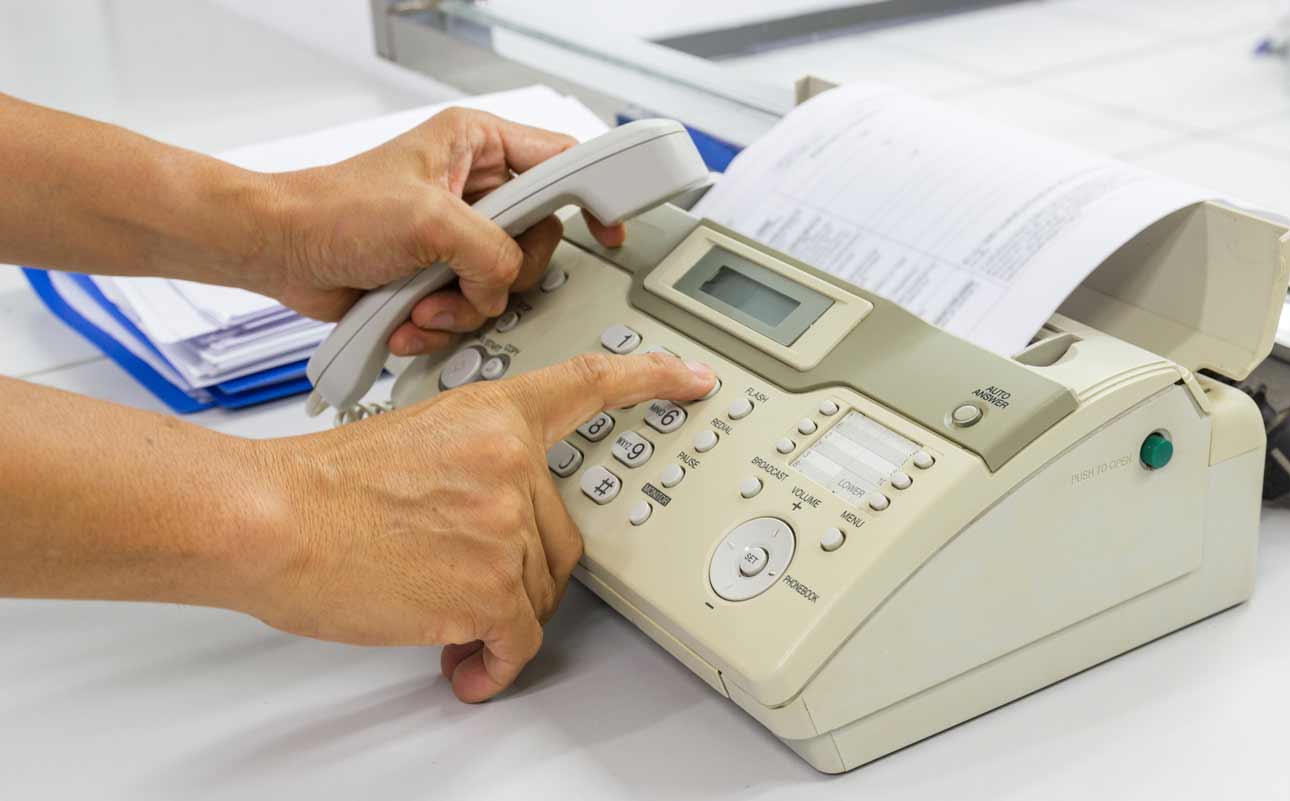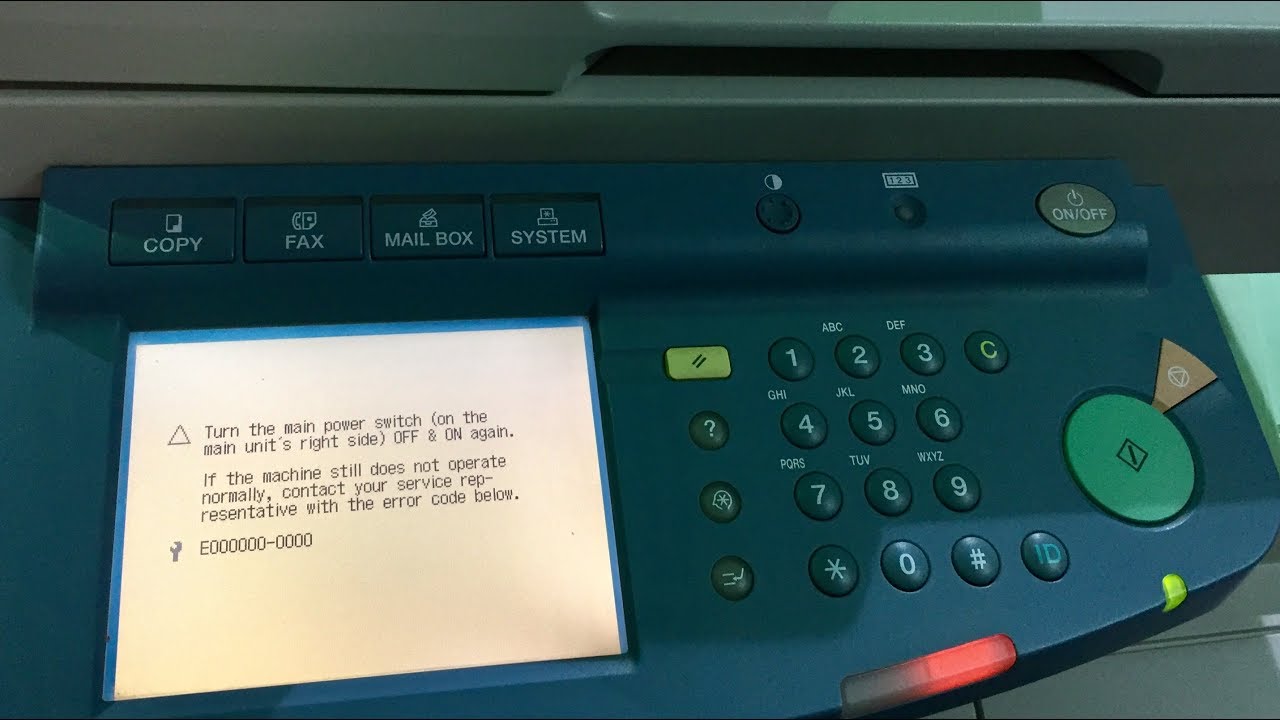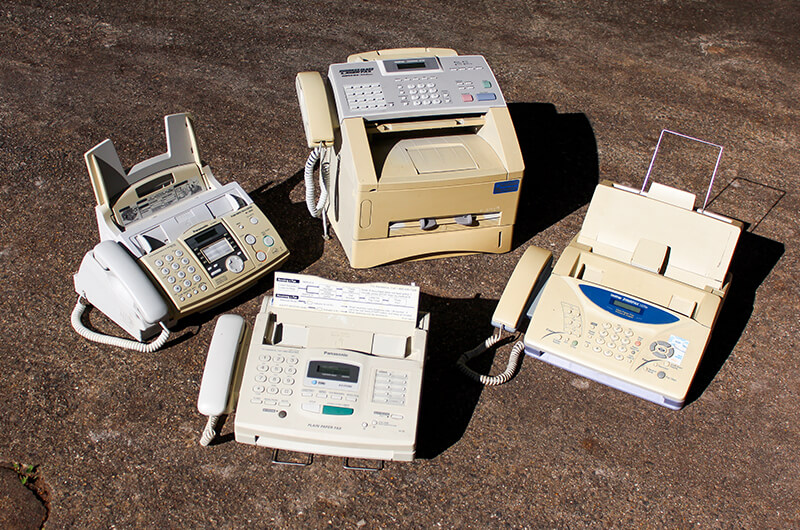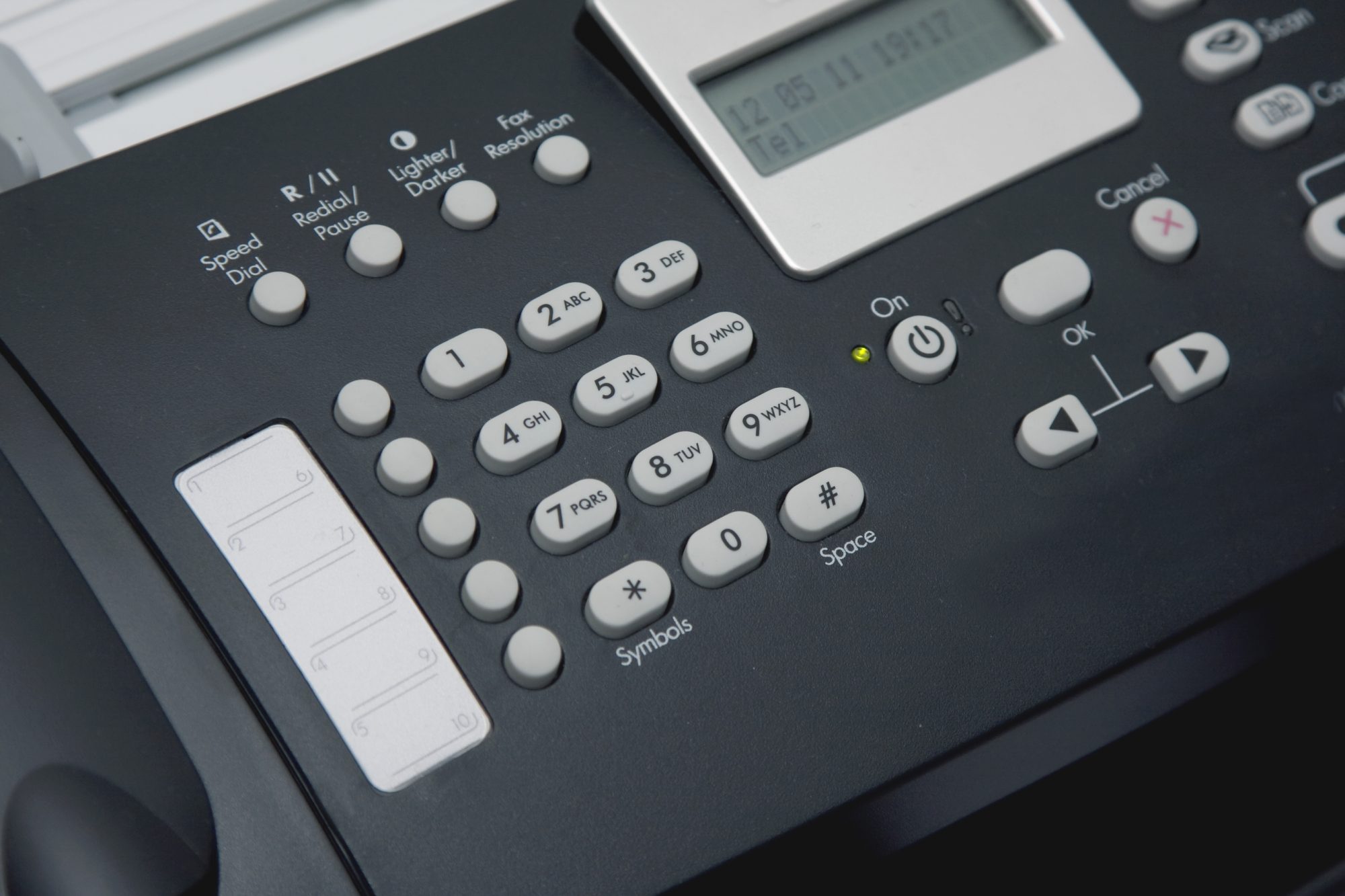Fax technology may seem like a relic from the past, but surprisingly, it remains an essential communication tool for many businesses.
Despite the rise of digital communication methods, numbers continue to play a crucial role in industries that deal with sensitive and official documents. In this blog post, we will explore the importance of communication and delve into common issues that arise with numbers.
By understanding these challenges and learning how to troubleshoot them, businesses can ensure seamless communication and harness the benefits of this reliable technology.
Why Businesses Still Rely on Faxes

Moreover, fax communication offers businesses the ability to test a fax number, ensuring that it is functional and ready for use. Before sending critical documents or contracts, test a fax number becomes essential to avoid transmission failures or incomplete deliveries.
This practice guarantees that the recipient’s machine is operational, the line is clear, and the print quality is satisfactory.
Testing a number also allows businesses to verify the compatibility between different machines and ensure a smooth and error-free communication process. So, don’t forget to test a number before engaging in important correspondence—it’s a small step that can save valuable time and prevent potential issues.
Issue 1: Transmission Failures – Causes and Solutions
One of the most frustrating problems with numbers is transmission failures. Several factors can contribute to transmission issues, including poor line connections, incompatible settings, or even hardware malfunctions.
To troubleshoot transmission failures, businesses should start by checking their machine’s connections and settings, ensuring they are compatible with the recipient’s machine.
Moreover, regular maintenance and firmware updates can prevent hardware-related problems. If the issues persist, contacting the service provider for a line test may be necessary. Diligent monitoring and prompt actions will minimize the occurrence of transmission failures.
Issue 2: Poor Print Quality and Legibility – Troubleshooting Tips
Another common headache faced by businesses using technology is poor print quality and illegible documents. Blurred, smudged, or distorted faxes can lead to misunderstandings and errors.
To tackle this issue, businesses should check their machine’s resolution settings, ensuring they are set to the highest possible quality. Regularly cleaning and maintaining the machine, including the scanner and printer components, is crucial to avoid print quality problems.
Moreover, using high-quality paper and ensuring proper document formatting can significantly enhance the legibility of documents.
Issue 3: Incomplete or Missing Pages – How to Address It

Imagine sending an important multi-page fax only to find that some pages are missing on the recipient’s end. This issue can occur due to various reasons, such as paper jams, transmission interruptions, or memory problems in the machine.
Preventing incomplete or missing pages involves careful handling of the machine, ensuring it is free of paper jams, and that there are no interruptions during transmission. Additionally, verifying the memory capacity and clearing it regularly will help avoid data loss and ensure complete document delivery.
Issue 4: Error Messages and Their Meanings – A Comprehensive Guide

Fax machines often display cryptic error messages when something goes wrong. Deciphering these messages is crucial for efficient troubleshooting.
Common error messages include “busy signals,” “communication errors,” and “no answer.” Understanding the meanings behind these messages can lead to faster problem resolution. Busy signals indicate that the recipient’s line is engaged, prompting a retry at a later time.
Communication errors may point to transmission issues, while “no answer” messages suggest the recipient’s machine is turned off or not responding. Referencing the machine’s manual or consulting online resources can aid in interpreting these messages accurately.
Issue 5: Compatibility Problems with Machines – Resolving Conflicts

Compatibility issues between different fax machines can hinder smooth communication. These problems may arise from variations in protocols, compression methods, or communication speeds.
To address compatibility problems, businesses should verify that their machines support standard protocols like G3 or Super G3. Adjusting the communication speed to a lower setting might also resolve compatibility conflicts.
Additionally, enabling ECM (Error Correction Mode) can enhance the chances of successful transmission by automatically retransmitting any corrupted data. Regularly updating firmware can also improve compatibility and performance.
Issue 6: Busy Line Errors – Strategies to Overcome Busy Signals
Experiencing busy signals while trying to send a fax is frustrating. However, there are strategies to overcome this issue. Utilizing scheduling can help avoid peak hours when lines are congested.
Alternatively, businesses can set their machines to redial automatically at specific intervals, increasing the chances of a successful connection. If possible, investing in a dedicated line can eliminate busy signals caused by phone calls.
Moreover, establishing communication with the recipient beforehand can ensure they are prepared to receive the fax when it’s sent.
Issue 7: Security Concerns with Faxing – Ensuring Data Protection

Security remains a top concern when it comes to communication. Fax transmissions travel through phone lines, making them susceptible to interception. To ensure data protection, businesses should consider encrypting their faxes.
Encrypted technology scrambles the data during transmission, making it unreadable to unauthorized parties. Additionally, regularly updating machines’ security settings and passwords can prevent unauthorized access.
For businesses transmitting highly sensitive information, implementing a Virtual Private Network (VPN) can add an extra layer of security to communication.
Issue 8: Spam and Junk – Preventive Measures to Consider
Fax spam, like email spam, is an annoying and time-wasting problem. Receiving unsolicited faxes can consume valuable resources, paper, and toner. To prevent fax spam, businesses can invest in spam filters, which can automatically identify and block spam faxes.
Furthermore, they can subscribe to a service that offers spam protection features. Verifying the sender’s identity before subscribing to broadcasts or online directories can also reduce the likelihood of receiving junk.
Conclusion: Emphasizing the Continued Relevance of Fax Technology
Despite the digital age, numbers continue to hold significance in the world of business communication. Understanding and troubleshooting common issues associated with fax numbers can ensure seamless and efficient communication.
By addressing transmission failures, print quality problems, compatibility conflicts, security concerns, and other challenges, businesses can harness the benefits of this time-tested technology.
Fax remains a reliable and secure method for transmitting official documents, bridging the gap between traditional paper-based systems and modern digital communication methods. So, next time you encounter a fax-related issue, refer back to this guide and overcome it with confidence. Fax technology is here to stay!






